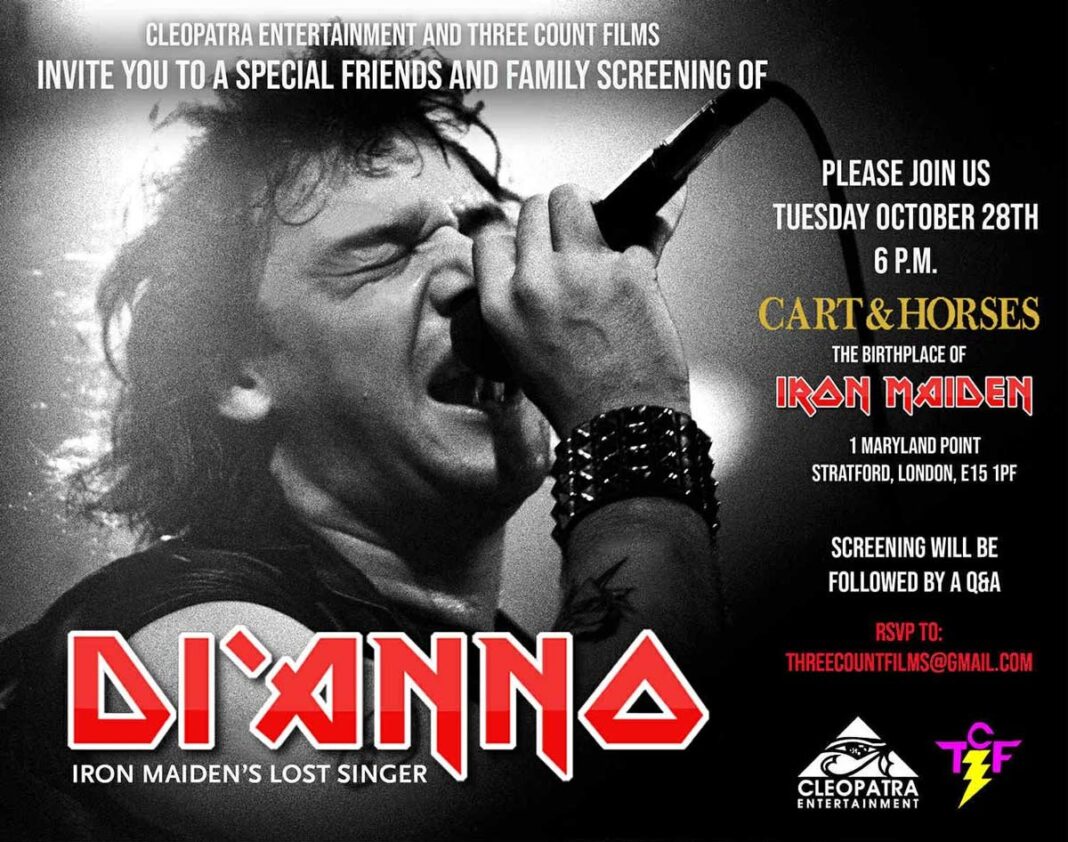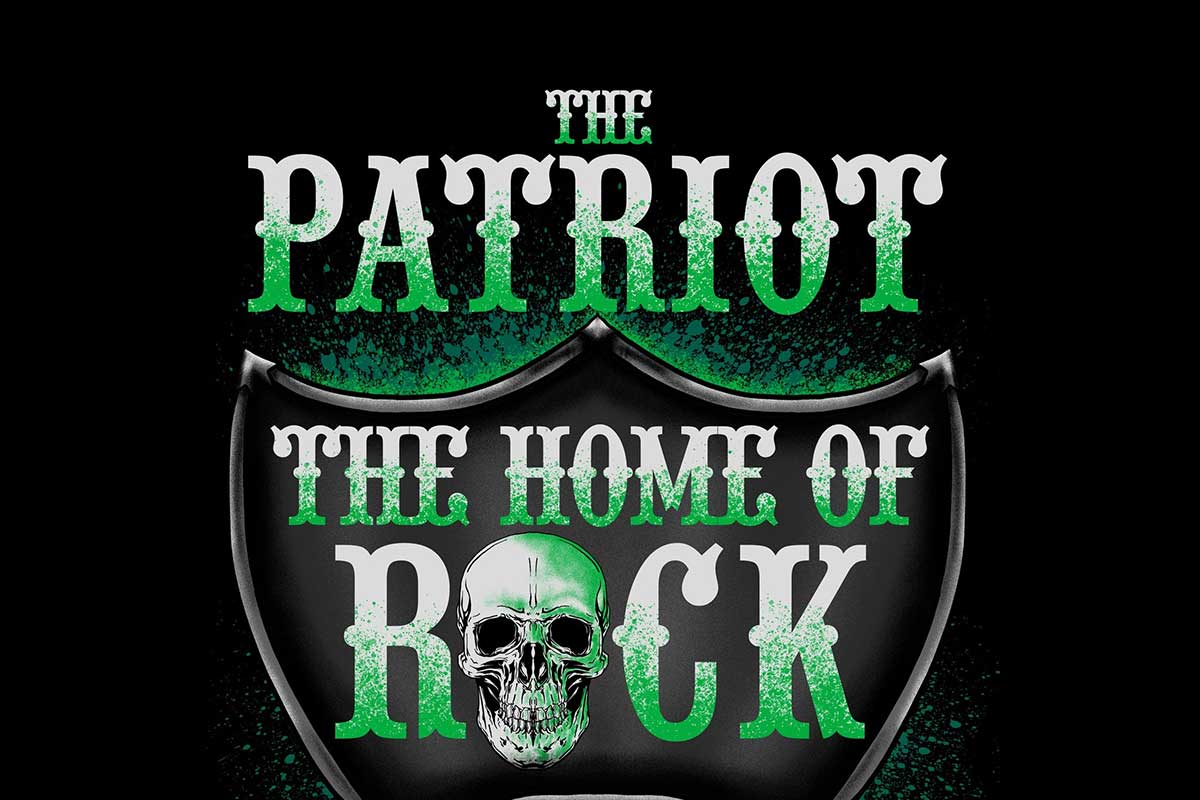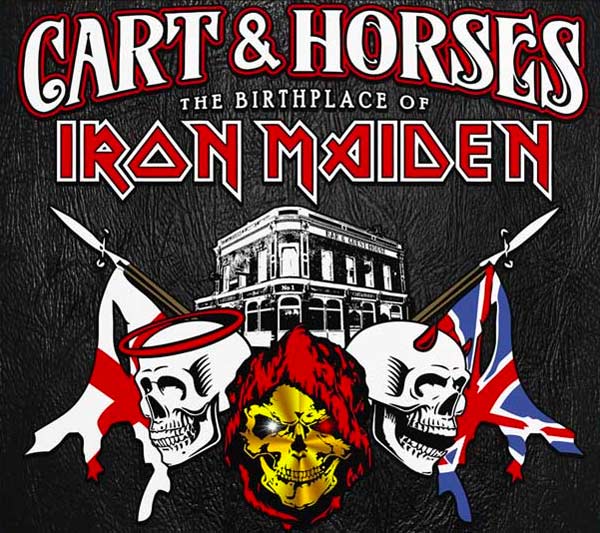Just over a year has passed since iconic Iron Maiden frontman Paul Di’Anno was tragically found dead at his home in Salisbury, Wiltshire. It soon became apparent that his death was largely the result of his lifestyle. Not the rock ‘n’ roll excess many might imagine, but the years of physical and emotional strain brought on by serious health problems that had confined him to a wheelchair.
Telling the Paul Di’Anno story was never going to be easy. It needed a filmmaker both forthright and empathetic. Wes Orshoski was that man.
In this new documentary, the acclaimed director takes an unflinching yet compassionate look at Di’Anno’s life. Wes Orshoski, best known for co-directing the 2010 cult classic Lemmy, does not dwell on Paul’s brief but explosive tenure with Iron Maiden.
Instead, he uses that era as a springboard to explore the singer’s turbulent later years. It is a stark contrast of light and shade, of dizzying highs and crushing lows.

This is not a comfortable watch.
The film lays bare both the physical and psychological torment Paul Di’Anno endured, not just towards the end, but throughout his career. It is a raw, dark and utterly compelling portrait of a rock icon fighting to preserve his health, his dignity, and ultimately his life.
Before the screening, Wes Orshoski explained that Kastro Pergjoni and Stjepan Juras were the driving forces behind the project, encouraging him to make what he describes as an intimate “rock-doc.”
Paul, he noted, was fully behind the idea and “all in.” Contributions from bandmates, including former Iron Maiden drummer Doug Sampson, Killers guitarist Cliff Evans, and Skunkworks bassist Chris Dale, reveal the depth of Di’Anno’s struggles.

Yet this almost pales in comparison when the focus shifts to Paul’s failing legs. In scenes that are both horrifying and heartbreakingly human, Wes Orshoski documents the enormous challenge faced by the Croatian medical team attempting to save the singer’s ravaged limbs.
The imagery is graphic, even medieval, but never gratuitous. Its honesty is what makes it necessary. Amid the brutality, there are flashes of tenderness, such as a doctor helping Paul preserve his dignity during physiotherapy.

Despite everything, Paul Di’Anno’s determination to perform never faltered. Throughout the film, we see his humour, melancholy, bravado and vulnerability co-existing in equal measure.
For all his rough edges, it is impossible not to feel affection for Paul.
The post-film Q&A brought Orshoski, Evans, Juras and Pergjoni to the stage. Cliff Evans recalled how the concept took shape in 2017, while Kastro Pergjoni spoke of visiting Paul Di’Anno’s flat in Salisbury with Mike Chudleigh.
In a touching moment, Mike Chudleigh, present in the audience, highlighted the tireless efforts of Paul Di’Anno’s close friend Mark Inman, who went above and beyond to care for the ailing singer.

Stjepan Juras recounted how he arranged Paul’s emotional reunion with Iron Maiden founder Steve Harris in Zagreb, the pair’s first meeting in over 30 years. The discussion concluded with praise for Harris and the Maiden camp, who helped fund Di’Anno’s medical treatment.
It has to be said, Wes Orshoski has created a masterpiece. From the euphoria of the stage to the desolation of the hospital ward, Di’Anno: Iron Maiden’s Lost Singer is no ordinary rock documentary. It is a heart-wrenching, sometimes funny, sometimes infuriating, but always deeply human tour de force.
Di’Anno: Iron Maiden’s Lost Singer is set for full release in 2026.






